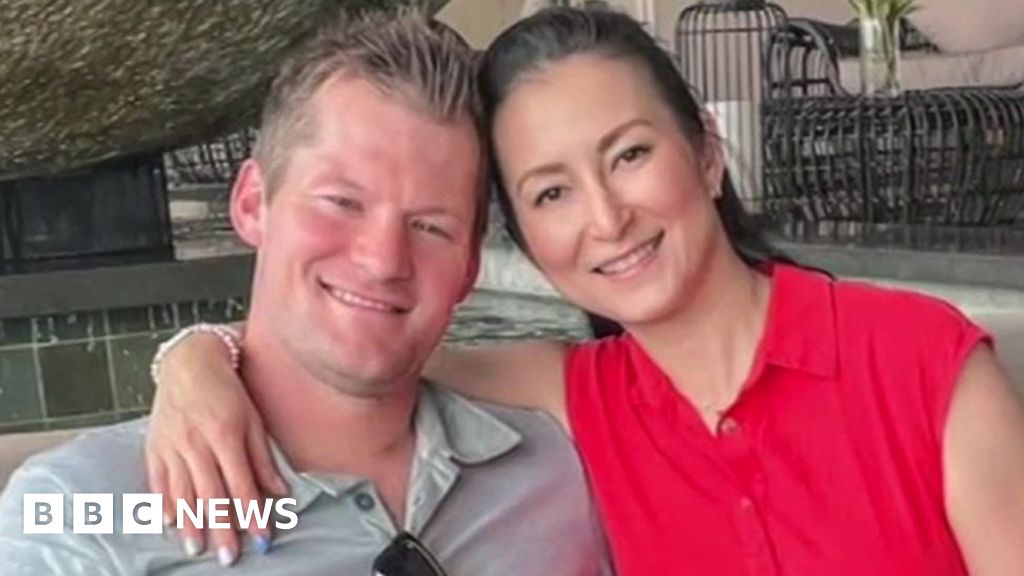Catherine Corless thought it would be a “simple, run-of-the-mill kind of thing” when she began a local history course in 2005.
She was interested in family history, and the many ruined old buildings that peppered the countryside around Tuam. The year-long course would give her the skills to dive into that research.
Instead, when Catherine’s interest turned to the local children’s home with a view to writing an essay for a local historical journal.
She ended up uncovering an internationally-recognised scandal and became the person who prevented hundreds of babies and children being lost to history.
“When I started out, I had no idea what I was going to find,” she said.
“It was the kind of hush-hush tones in people, I knew something wasn’t right.”
We are talking around her kitchen table, which is covered with newspaper cuttings, records, notes and maps from years of research and campaigning.
She lives at her farm, with her husband Aidan, a few miles from the Tuam area where she was born, raised and went to school – and her memories of the “home children” mirrors those of PJ Haverty.
“I remember we weren’t allowed to mix with them,” she said, “to the extent that they came in later in the morning, and left earlier in the evening.”
About 50 years later, she began work on an essay for an annual publication – the Journal of the Old Tuam Society.
Recalling the home, ran by an order of nuns called the Bon Secours Sisters, she decided the institution would be her subject.
But straight away, she was surprised to find obstacles.
The local library had no information. When she asked people in the area about the home, her inquiries were treated with suspicion.
She asked various organisations for information – the Bon Secours Sisters; Galway County Council; local leaders in the Catholic Church – but was told they had none to share.
“Nobody was helping and nobody had any records,” she said.
Finally, she found someone who could tell her something – the caretaker of a cemetery near the site, who brought her to the housing estate where the institution once stood.
At the side of the playground, there was a square of lawn, with a grotto – a small shrine centred on a statue of Mary.
This small patch of grass is now known around the world as the image of the Tuam mass children’s grave.
The cemetery caretaker told her the story of two boys, about nine years old, who had been playing there in the mid-1970s after the home was demolished.
They saw a broken concrete slab in a bushy area and pulled it up to reveal a hole.
Inside they saw bones.
The authorities were told and the spot was covered up.
Most people were led to believe the remains were from the Irish famine in the 1840s – a decade of appalling starvation, when an estimated one million people died.
But, for Catherine it still “wasn’t adding up”.
The home had originally been a workhouse during the famine, which provided shelter to those in need – but Catherine knew the people who died at the workhouse had been buried respectfully, in coffins, in a field half a mile away. There was a monument marking the place.
A significant moment came when she compared old maps of the home.
She puts one of them, from 1929, on the tabletop in her kitchen.
It features an H-shaped shaded diagram marked “Children’s Home” – and just outside it, a smaller, rectangular structure, which has the words “sewage tank” printed alongside.
This was exactly the place where the boys had seen the bones
Catherine places a map from the 1970s on top of the one from 1929, which shows the layout of the housing development built after the institution was knocked down.
When the maps are placed exactly on top of one another, the new map shows the spot where the “sewage tank” was shaded in yellow – and “burial ground” is handwritten beside it.
Aerial photography of the site today shows how the maps match up to the original boundary wall, and the memorial garden.
Catherine had read in newspaper archives the sewage tank became defunct in 1937, when the institution was joined to the town’s sewerage system.
The map seemed to indicate that this area had indeed become some kind of burial ground – but for who?
So Catherine called the registration office for births, deaths and marriages in Galway.
“I told them I needed the names and dates of deaths of all the children who died in the home.”
A member of staff phoned Catherine a fortnight later – did she really want all the records?
Catherine had expected “20 or 30”.
There were hundreds.
The clerk agreed to print out a list, which contained names, date of death and cause of death.
Catherine counted each one – the total was 796.
The first, from 1925, recorded the death of Patrick Derrane – aged five months.
The last to die Mary Carty in 1960. She was the same age.
Among the recorded causes of death were measles, whooping cough, influenza, tuberculosis and bronchitis.
Catherine was “utterly shocked”. She pictured her own grandchildren as she contemplated those young lives.
There was no obvious record of where these children were buried and her suspicion was beginning to rise – but she had to check burial records. Perhaps these 796 children were buried somewhere other than the home?





